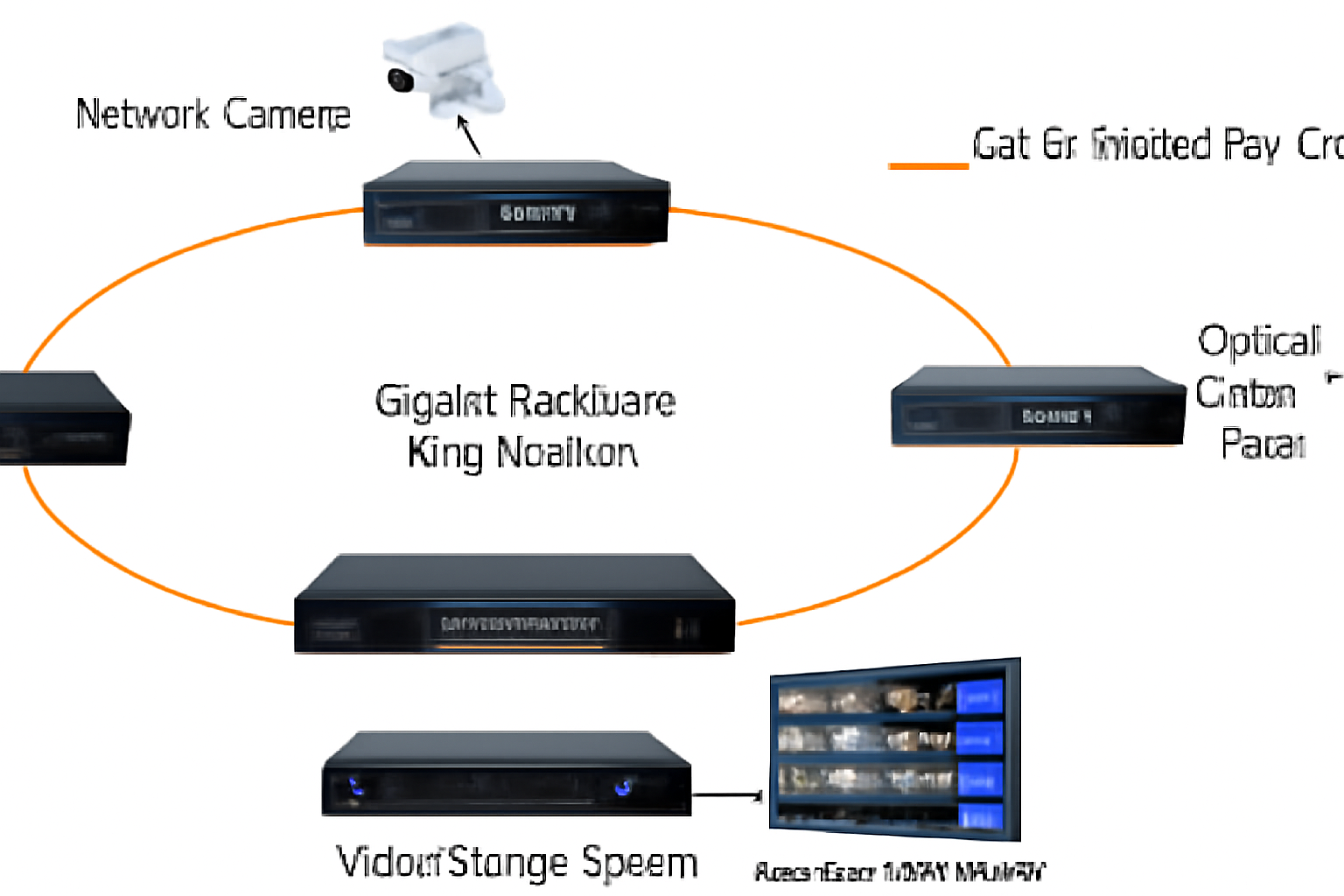
Optical Transceivers for Industrial Environments
In today’s interconnected world, optical transceivers are no longer limited to temperature-controlled data centers or comfortable office environments. From transportation systems to oil and gas facilities, many industrial scenarios demand high-speed and reliable data transmission—yet these environments are often extreme and unpredictable.
In this article, we’ll explore the unique features of industrial-grade optical transceivers, the tough challenges they are built to overcome, and the key factors engineers and procurement managers should consider when deploying them in harsh environments.
The “Harsh Truth” of Industrial Environments
Compared with commercial spaces, industrial sites are like training grounds for the toughest equipment:
- Extreme temperature swings: From several degrees below zero to over +85°C. In the heat, it feels like being baked in an oven; in the cold, it’s enough to freeze equipment solid.
- Constant vibration and shock: Heavy machinery and moving vehicles generate ongoing vibration that can leave equipment “dizzy.”
- Dust, moisture, and corrosive substances: These are ever-present threats that can erode precision components if not properly protected.
- Electromagnetic interference (EMI): High-power equipment and radio systems can throw signals “off track” within minutes.
In such environments, ordinary commercial optical transceivers can’t last long—leading to downtime, data loss, and costly, time-consuming repairs.
What Makes Industrial-Grade Optical Transceivers Special?
a. Ultra-Wide Temperature Tolerance
Typically able to operate between –40°C and +85°C, these transceivers remain as steady as a rock, whether installed outdoors or in unheated facilities.
b. Reinforced Housing and Internal Components
With extra-strong casings, vibration-resistant connectors, and shock-absorbing designs, they’re built to survive even when “tossed around.”
c. Superior Environmental Sealing
Enhanced sealing effectively blocks dust and moisture, meeting IP protection ratings suitable for field deployment.
d. Electromagnetic Interference Shielding
Better EMI shielding helps prevent disruption from industrial equipment, keeping signals consistently stable.
e. Rigorous Testing Standards
Before leaving the factory, they undergo “torture tests” such as thermal cycling, salt spray corrosion, and vibration trials—ensuring they’re fit for demanding environments.
Key Application Areas
a. Transportation and Railway Networks
Railway control, signaling, and passenger information systems all rely on optical links for safety and efficiency. Industrial-grade transceivers withstand the vibration and outdoor temperature changes typical in rail environments, ensuring smooth train operations.
b. Energy and Utilities
Substations, wind farms, and solar plants require high-speed data communication for monitoring, automation, and fault detection. These transceivers must handle exposure to the elements and EMI from high-voltage equipment.
c. Oil, Gas, and Petrochemical Facilities
In hazardous zones, fiber optics are immune to EMI and don’t generate sparks—making them especially safe. Industrial SFP modules connect control systems in refineries, offshore platforms, and pipelines to ensure production safety.
d. Industrial Automation and Manufacturing
Factories with robotic assembly lines depend on optical transceivers to link PLCs and vision inspection systems over long distances with ultra-low latency—demands that industrial-grade designs can meet.
e. Intelligent Transportation Systems (ITS)
Traffic monitoring, toll collection, and smart road networks use ruggedized optical devices to ensure continuous operation inside outdoor enclosures, keeping traffic management smooth.
What to Consider When Choosing Industrial-Grade Optical Transceivers
- Operating Temperature Range – Ensure the specs match your site’s extremes, so the device doesn’t “go on strike” in the field.
- Fiber Type and Distance – Choose single-mode or multimode based on link length. Multimode is sufficient for short runs like factory floors; single-mode is essential for long distances like remote substations.
- Data Rate Compatibility – Confirm the module supports your required speed (1G, 10G, 25G, etc.). If not, performance will suffer.
- Connector Type – Match LC, SC, MPO, or other standards used in your network.
- Standards Compliance – Look for IEEE, ITU-T, and relevant industry certifications for peace of mind.
- Vendor Reliability and Support – Choose suppliers experienced in industrial networking, offering warranties and responsive technical support.
Benefits of Deploying Industrial-Grade Optical Transceivers
- Reduced Downtime: Built to last in harsh environments, reducing the need for frequent maintenance.
- Improved Safety: Fiber optics don’t spark and are immune to EMI, making them ideal for explosive-risk areas.
- Easy Scalability: Modular designs allow upgrades without replacing the entire network.
- Longer Service Life: Exceptional durability lowers total cost of ownership (TCO) over time.
Conclusion
The challenges of industrial environments are beyond the capabilities of ordinary commercial networking gear. By selecting optical transceivers designed specifically for these conditions—with wide temperature tolerance, vibration resistance, and dust/moisture protection—engineers can ensure fast, reliable connectivity in critical locations.
Whether deployed in remote wind farms, busy factories, or high-speed rail networks, industrial-grade optical transceivers deliver outstanding performance, rugged durability, and dependable safety—safeguarding the operations that matter most.